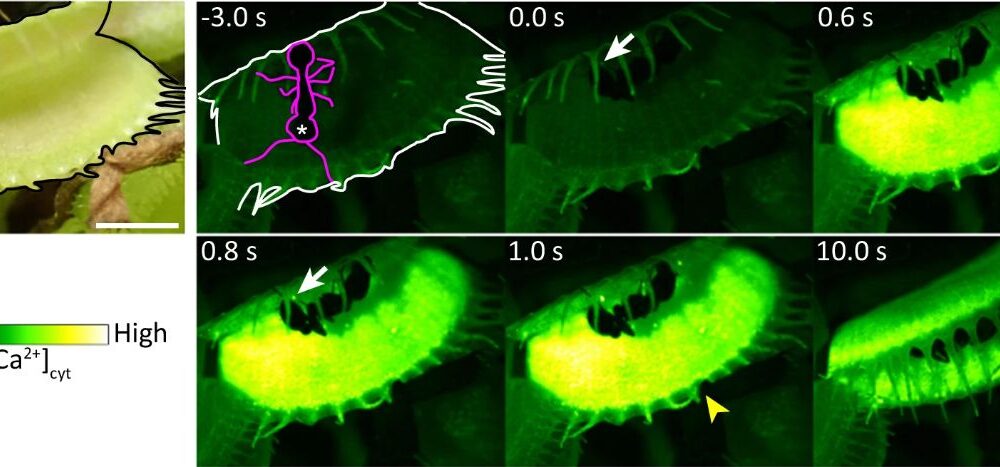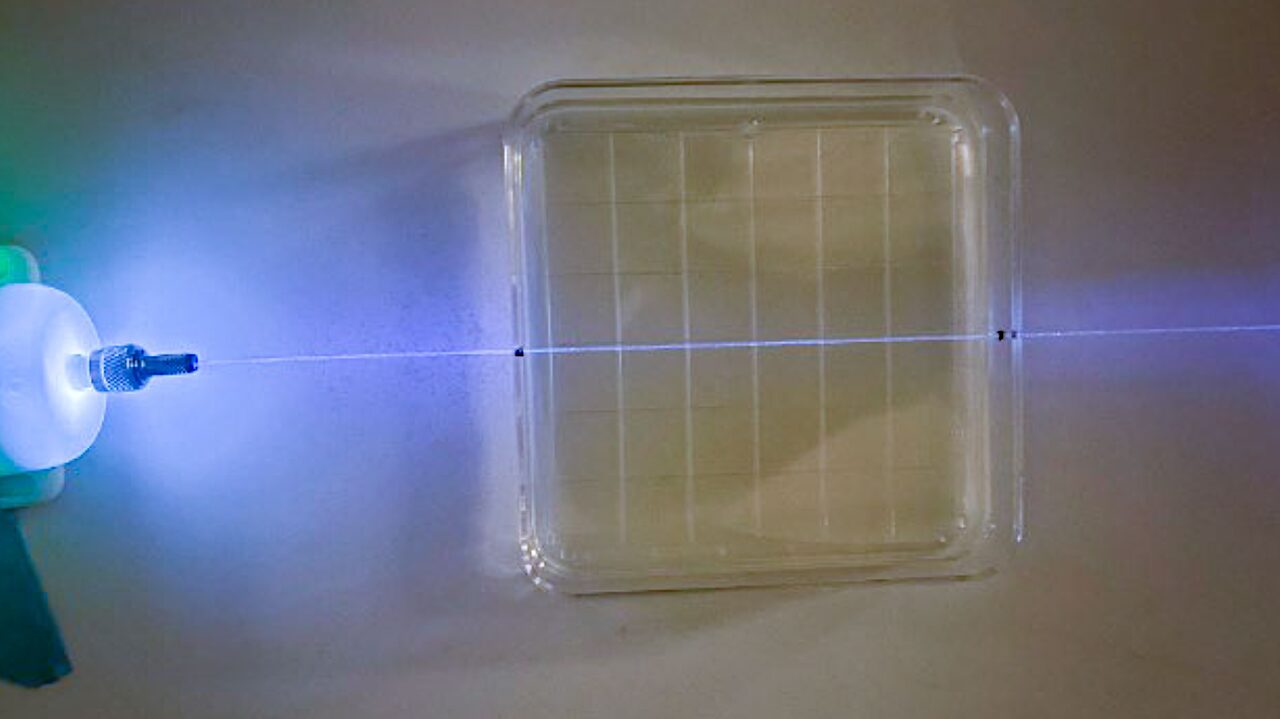Alan Robert Whitney, a prominent research scientist at the MIT Haystack Observatory, passed away on September 28, 2023, at the age of 81. Whitney was a critical figure in the advancement of very long baseline interferometry (VLBI), a radio astronomy technique that has significantly enhanced our understanding of cosmic phenomena.
Whitney’s contributions to Haystack Observatory were profound. He rose through the ranks to become a principal research scientist and served as both associate director and interim director. Under his leadership, the observatory gained a reputation for innovation in radio science. His work was recognized in 2011 when he received an MIT Excellence Award for his substantial contributions to the field.
Born and raised in Wyoming, Whitney exhibited remarkable scientific talent from a young age. In 1962, as a high school student, he won the state science fair by constructing a satellite telemetry receiver, demonstrating his early passion for engineering and technology. He later pursued his education at MIT, where he completed a five-year master’s degree through a cooperative program with Bell Laboratories, ultimately earning his PhD in electrical engineering in 1974.
Innovative Contributions to VLBI
Whitney played a pivotal role in the development of VLBI during the late 1960s, a technique that allows for direct measurements of continental drift and has provided unprecedented insights into distant radio sources. His landmark research included a paper that showcased the apparent superluminal motion of radio sources, a phenomenon explained by highly relativistic motion directed toward Earth.
Pedro Elosegui, the leader of the Haystack geodesy group, praised Whitney’s impact, stating, “Alan was a technology pillar, a stalwart builder and worldwide ambassador of Haystack.” He was instrumental in designing the VLBI Geodetic Observing System, enabling new capabilities to address pressing scientific challenges, including global sea-level rise.
Early VLBI efforts were characterized by demanding travel and complex instrumentation. Whitney was heavily involved in troubleshooting and developing software for the mainframe computers of the era. By the early 1980s, the Mark III recording and correlation systems, which he helped develop, had become the industry standard, facilitating the growth of the global VLBI community.
Whitney later led the transition to disk-based recording systems, resulting in the commercialization of Haystack-developed VLBI technologies. His vision consistently identified emerging technologies that could enhance the observatory’s mission, ensuring Haystack remained at the forefront of radio astronomy.
Legacy and Recognition
In the latter part of his career, Whitney continued to push the boundaries of VLBI technology. One of his notable innovations was the Mark 6 (Mk6) recording system, which significantly improved recording speed, sensitivity, and robustness. The Mk6 systems were crucial in the creation of the Event Horizon Telescope, which famously captured the first image of a black hole’s shadow. Today, Mk6 recorders operate at speeds approximately 100,000 times faster than the early technologies Whitney worked with.
Whitney’s influence extended beyond VLBI. He served as interim director of Haystack from January 2007 until a permanent director was appointed in September 2008. He also played a significant role in the international Murchison Widefield Array (MWA) project in Australia, focused on researching the early universe.
After retiring in 2012, Whitney remained a trusted advisor and provided valuable insights to Haystack. In 2020, he was honored as a co-recipient of the Breakthrough Prize in Fundamental Physics awarded to the Event Horizon Telescope Collaboration.
Whitney’s legacy is marked by his innovative spirit and dedication to advancing radio astronomy. His clarity of thought, sharp intellect, and friendly nature endeared him to colleagues worldwide. As the scientific community mourns his passing, many will remember him not only as a brilliant technologist but also as a mentor who inspired generations of scientists and engineers at the MIT Haystack Observatory and beyond.







